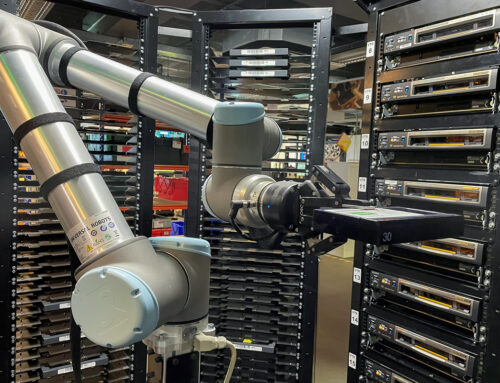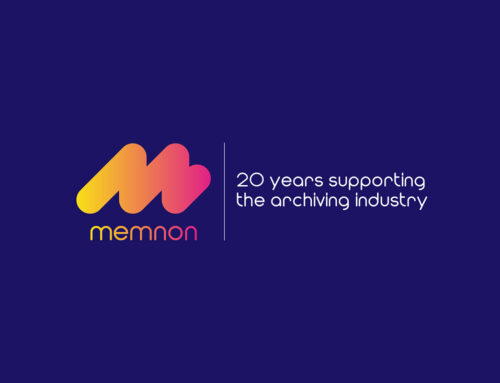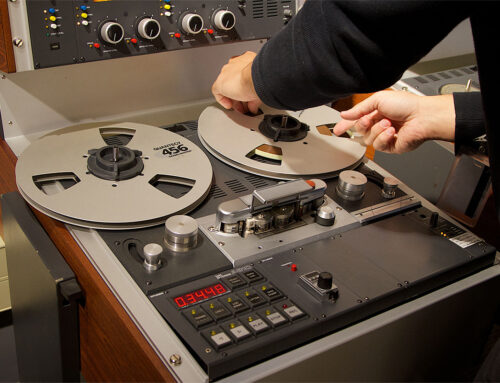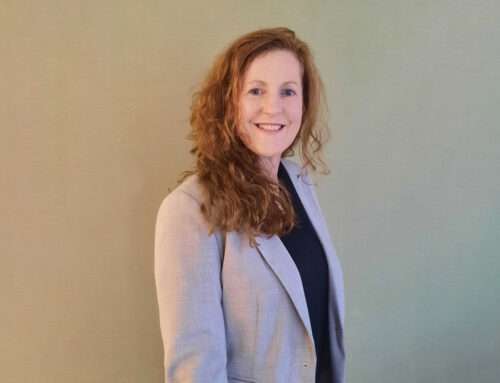THE CHALLENGE
The Flemish government decided in 2012 that all the Flemish AV heritage kept at libraries, archives, museums and broadcasters should be digitized.
VIAA is the Flemish Institute for Archiving. It is engaged in the preservation of audiovisual material in Flanders and aims to make this accessible for everyone. For VIAA an important benefit of digitizing an audiovisual archive is that heritage reaches a further step in its ongoing preservation. Other benefit is that by doing the digitization project, lessons can be shared with the international community. VIAA sets up digitization projects for public broadcasters, commercial and regional television stations, and cultural heritage institutions.
In digitization projects, VIAA uses an economy of scale and standardized approach. First, the content partner inventories the material to be digitized. Based on this, VIAA estimates the priorities and scope of the digitization projects. The order of the work is determined by the risks that a type of carrier is exposed to. The preservation of the digitized material takes place per content partner. VIAA groups together as much material as possible from different content partners per carrier. After this, they move on to the tendering procedures and propose an external digitization company. For their first project, VIAA selected four at risk audiovisual material carriers: U-Matic, Betacam SP, Audio Cassette and ¼ Inch Audio Tape. Through an European tendering process in October 2013, the digitization of the video formats was awarded to Memnon Archiving Services.
HOW WE HELPED
” I think the main benefit of Memnon in particular was the industrial efficiency.”
– Brecht Declercq, Digitization Manager at VIAA
In consultation with Memnon Archiving Services and the content partners, VIAA prepared the logistics process. The content partners registered and packed their carriers, VIAA provided a detailed manual. Memnon supplied labelled containers to VIAA. The last had to prepare the containers with a clearly visible identification of the tape type and digitization format. Memnon collected the containers in a monthly basis. Specifically, each month Memnon picked up a new batch and simultaneously returned the completed batch.
Memnon took care of the pre – processing, which includes the visual check of the carriers, cleaning, baking and mechanical repair when needed; and the digitization of U-Matic and Betacam SP. The preservation master output format deferred depending on if the content was from a Cultural Heritage Institution or a Broadcaster. During and after digitization, an automatic analysis and quality control were performed. The digital file was reunited with the metadata from the registration, supplemented with the metadata collected during the digitization process. Memnon digitized +10.000 U-Matic cassettes with content from 35 different VIAA partners and +40.000 Betacam SP delivered in MJPEG-2000 format for cultural heritage institutions and MPEG2– IMX50 for broadcasters; MXF wrapping on LTO.
OUTCOME
Audiovisual heritage reaches a further step in its ongoing preservation.
After the digitization at Memnon Brussels Facilities, the carriers and digitized files were returned to the relevant owners; whilst VIAA preserves the digitized files sustainably in their archives. What happens after with the content depends on each one of the owners. VIAA hopes that they will use it for as many purposes as possible. VIAA is going to use the material for its own purposes: serving education, science, the wider audience via libraries and who knows which other things in the future. Memnon is currently working with VIAA on another project of mass digitization, this time of Digital Betacam and Betacam SX.




